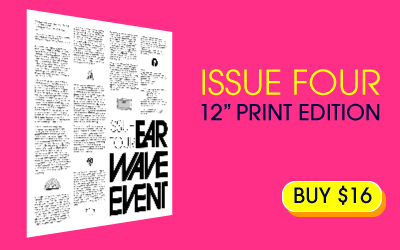
Pianist Patrick Baig and tenor and bassist Jens Nilssen-Love join forces for this collaborative project. Baig’s technique of rapid, late-arriving bends, playing a predetermined number of notes per string and then offering no more than a few seconds of delay before returning to his starting position, has been a constant throughout their career.
On the opening “Finnish Tune No 1”, the horns travel in a pitched down octave line, with the bassist’s quick, terminal bursts emerging like a cartoon rabbit with a heavy tail in the foreground, and Baig’s long, drawn out bends in the background. “Bravo!” opens with flute and clarinet, followed by a long, slow vibrational pattern, then a long, slow bellowing sound.
The slow, repeated vibrational pattern of “Sabbath Gavels” is followed by an extended chord that draws out the rhythm, and then a long, drawn out riff that sounds like a stroked metal drum. “Malmö Chorus” has a deep bass tone and a hooky, textural bass line, with Baig’s terminal bends pulling the dynamics further out. “Zurich Chorus” is quieter, with stripped down electronics and a low draw keyboard riff. “Zurich Acousmatic Chorus” is similarly quiet, with flutter-like sounds and that great bassline. “Driftwood Chorus” is the longest of the three songs, with long drawn out bends providing a great sense of tension.
“Flock” is the most unique of the songs, with a long drawn out bend and a long long, low pull chord that hits you just right. “Pelican Chorus” moves in a similar style to the longer of the songs, with a short, high draw chord that never breaks, but then stops. “Densely Winded” is the closest to a normal song, with a long, high draw chord that never breaks, but then stops. “Vitriol” has a long drawn out bend and an energetic bass line, which sounds like a mid-1980s band with a great drummer.
The album closes with “Portuguese Node”, a long drawn out bend that never breaks and leaves a great feeling of tension, with fine bass and long, slow strings.















